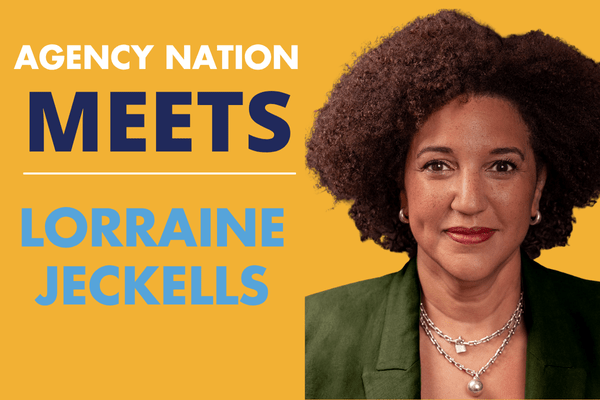Another Potential Litigation Threat for Employers

By: Dave Evans
Employers face the threat of litigation every day they are open for business. And beyond the typical litigation that arises from the ordinary course of business—not delivering a product or service on time, or substandard performance, for example—they increasingly face litigation from their employees regarding the work environment.
Earlier this month, the justice system began considering a new version of employee complaint. In the case of Marin v. Dave & Busters, the Southern District of New York denied a motion to dismiss a case against restaurant chain Dave & Buster’s. This case is cause for concern for employers because it addresses whether an employer that reduces its employees’ full-time hours to avoid providing health insurance or paying a penalty under the Affordable Care Act (ACA) is discriminating—thus violating ERISA Section 510. ERISA Section 510 makes it unlawful for an employer to discriminate against a participant for exercising a right to which they are entitled under an employee benefit plan or for interfering with the attainment of a right to which they may become entitled under the plan.
In this case, employees were working full time and were eligible for medical plan coverage before employers reduced their hours below 30 per week. Further, employees allege that the employer stated they were reducing the number of full-time employees due to the cost of complying with the ACA. According to the court, the crucial element is the employer’s intent, and that the “complaint states a plausible and legally sufficient claim for relief, including…lost wages and salary incidental to the reinstatement of benefits.”
Maria De Lourdes Parra Marin alleged the company’s discrimination affected her current benefits, in addition to interfering with her ability to attain future benefit rights. U.S. District Judge Alvin K. Hellerstein found that Marin sufficiently and plausibly pled that the employer acted with an “unlawful purpose” when taking an adverse action against her. He noted that the critical element is intent of the employer, which was to interfere with benefits.
A number of years ago when I was a benefits consultant, I had a client that was a small regional bank with a half dozen branches. They wanted to hire tellers to work “peak time,” which was about 18 hours a week bookending lunch time when in-person and drive-through traffic was the heaviest. Many parents with children liked this approach, since they could work while the kids were at school. Plus, their spouses had health insurance benefits, and in the small-town branches, they didn’t need a car. In return, the bank decided to offer a substantially higher hourly rate—about 30%—but these employees would not be eligible for health insurance or retirement benefits. It was a win-win-win—and a different scenario than the one the Dave & Busters’ litigation represents, which deals with reducing hours for formerly full-time employees.
My point is that employment flexibility can benefit both the employer and the employee. The more rules that limit that flexibility, the more creative employment approaches may result. Some employers take advantage of the flexibility, but we still live in a capitalist world where employers treat their employees equitably. When they don’t, they lose their best employees.
Dave Evans is a certified financial planner and an IA contributor.










